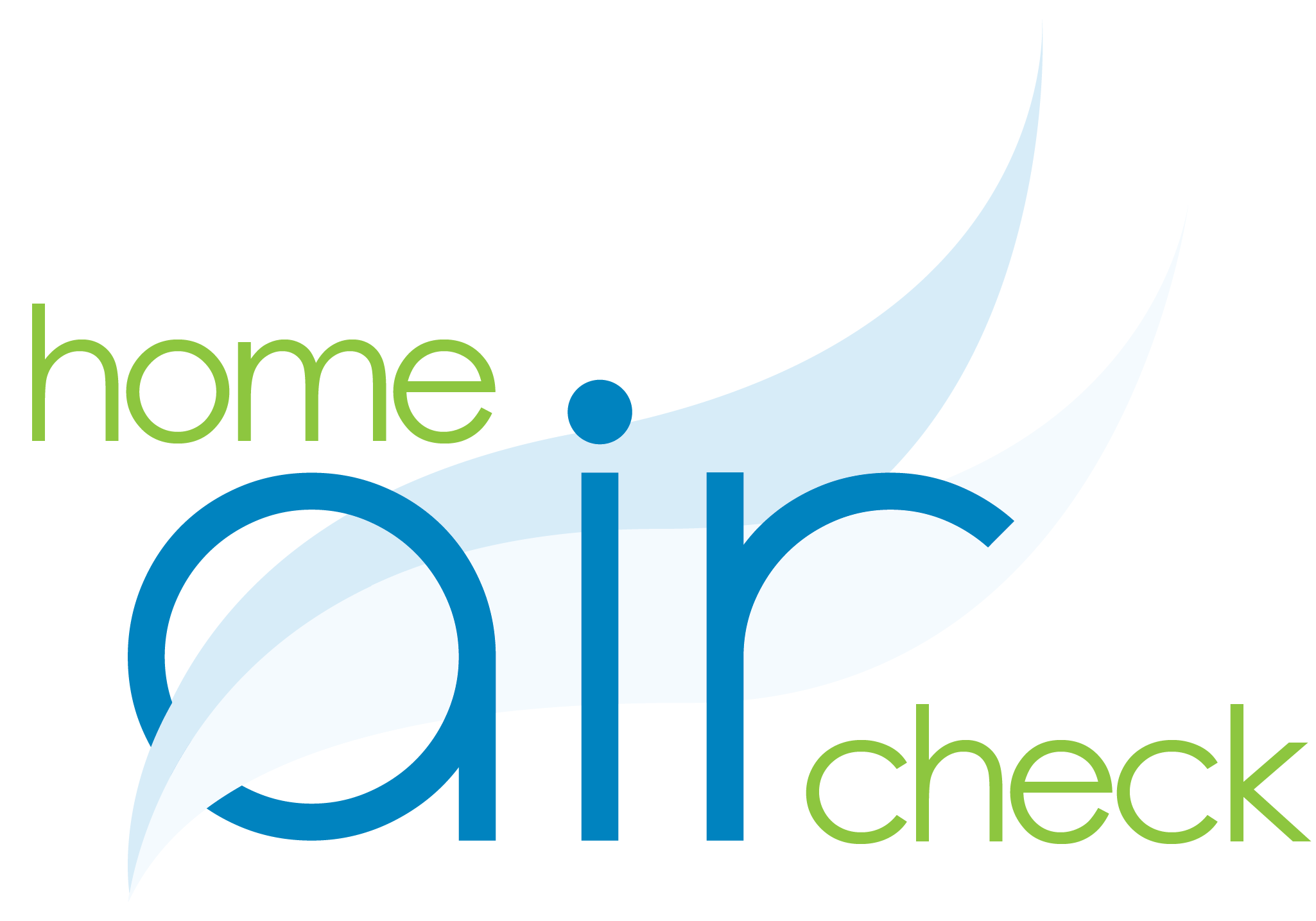Spending More Time Indoors? Here’s How to Improve Your Air
More time at home means more exposure to indoor allergens like pet dander and dust mites. There are a few steps you can take to improve your air and keep these culprits from causing allergy and asthma flare-ups.
COVID-19 and Asthma
While the Centers for Disease Control and Prevention notes that those with respiratory conditions like asthma may be at a higher risk of developing more serious COVID-19 symptoms, it’s still unknown if those with asthma or allergies are at a higher risk of contracting the virus.
Prunicki is on one of the research teams trying to study the relationship between asthma and COVID-19 susceptibility and severity. “If there’s a higher rate of infection in counties where asthma rates are higher, then it certainly makes sense to do anything you can to keep your asthma under control,” she says.
Until the research confirms or dismisses that relationship, at least there are a few ways you can try and breathe easier at home.
IMPROVE your air, reduce IRRITANTS
How long they linger in the home depends on a few factors. Newer, well-built homes with central air conditioning are better equipped to control indoor air quality. Older, draftier buildings lack those benefits. Home condition and location also help determine exposure to outdoor air pollution, which can worsen asthma symptoms.
- animals
- pests
- dust mites
- mold
If someone in your household is bothered by whatever is floating in the air, preventing the allergens is preferable to trying to remove them after the fact. That might mean taking a measure as extreme as giving up the family pet — or, at least, not allowing it into the bedroom at night, Portnoy says. Dehumidifiers and air conditioning can keep mold from growing and stave off dust mites, which don’t survive at humidity levels below 35 percent. And wash your bedding regularly.
Other contaminants that might irritate the lungs are worth ditching, too. Avoid tobacco smoke, and if you have to live with a smoker, consider testing with a Tobacco Smoke Test or purchasing an air purifier. While it might be tempting to plug in an air freshener to make a space smell cleaner, Portnoy says the scents simply add another layer of potentially irritating chemicals that mask the underlying air quality issues. “It’s better if you can smell the problem,” he says.
Cleaning Up Contaminants
When taking care of allergens after they arrive, remember that not all bothersome particles can be treated with the same measures. Pet dander is lightweight and floats around for a long time, so air filtration can help suck the irritant out of your breathing space. If that’s something you’d like to try, Portnoy recommends outfitting the bedroom with a HEPA filter, something that can be attached to an HVAC system or a free-standing air purifier.
Dust mites, however, only launch into the air when they’ve been disturbed, making them difficult to eliminate with air filtration. For those, Portnoy suggests trying mattress and pillowcase covers that protect against the tiny arthropods. Regular cleaning with a high-efficiency vacuum could help too.
Home Air Check has edited the original content; read the full article on Discover, here.



1 Comment
[…] post Control Indoor Allergens to Improve Indoor Air Quality appeared first on Home Air […]
Comments are closed.